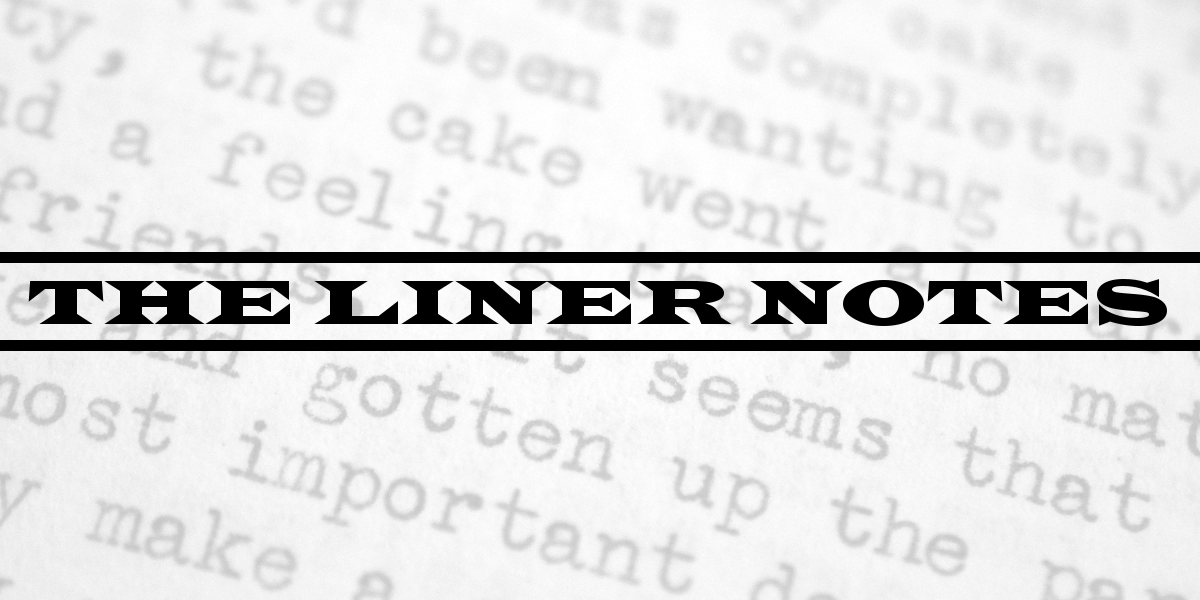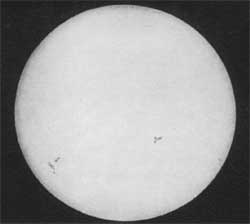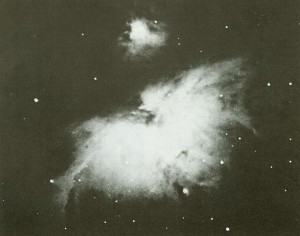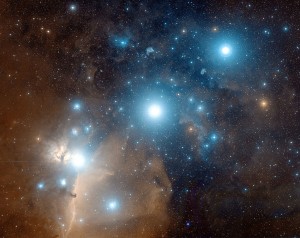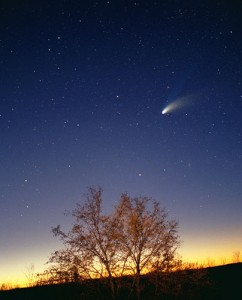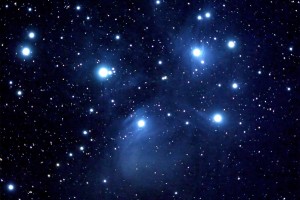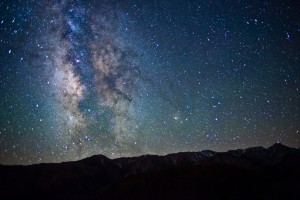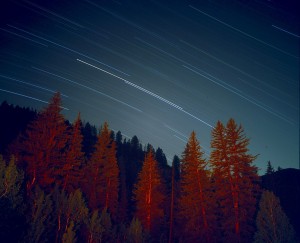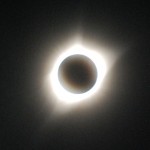The Liner Notes of Photographic History #4: Astrophotography
Taking pictures of the sky isn’t new. The first photograph of the sun, a daguerrotype, was made in 1845 by French physicists Louis Fizeau and Lion Foucault, proving that from the earliest days of photography, people were turning their cameras to the skies. Even Pluto was discovered through the painstaking study of photographs of the sky.
These days, the equipment is much fancier, but the sky which we photograph is the same as it ever was. But these days, we have telescopes like Hubble, which can photograph deep sky objects. We have the ability to create clear long exposures to see the path of the stars across the sky, making star trails.
Here are a few good examples of astrophotography. Click to embiggen.
- Andrew Ainslie Common took this photo of the Orion Nebula in 1883, winning an award for his efforts. Photo: Public Domain
- This is a black and white photo of Orion’s Belt put through various filters. Photo: Public Domain
- Comet Hale-Bopp in 1997 by Philipp Salzgeber CC-BY-SA-2.0-AT.
- The Pleiades, Messier Object M45, by Flickr user Bob Star CC BY 2.0
- The Milky Way by Flickr user John Lemieux (CC BY 2.0)
- Star trails. Photo: Public Domain

